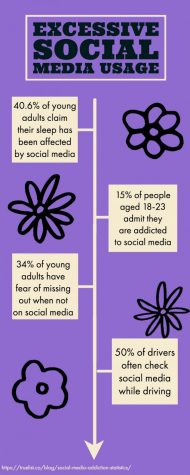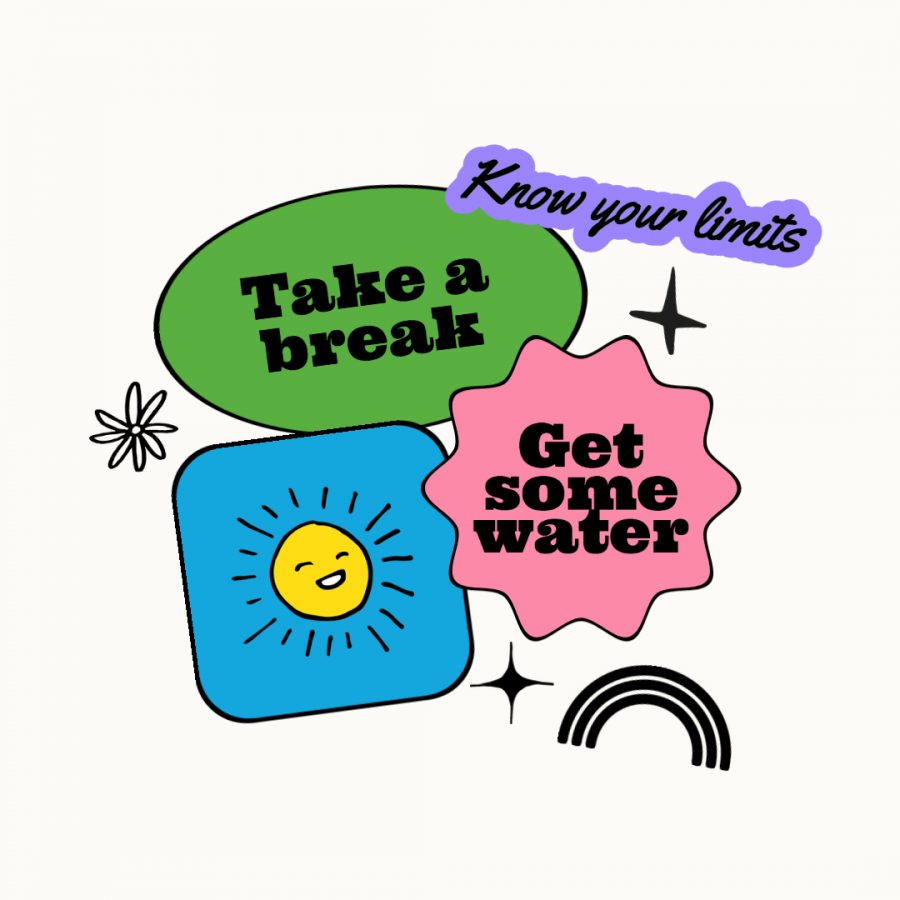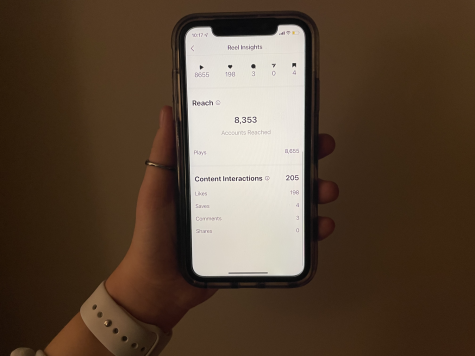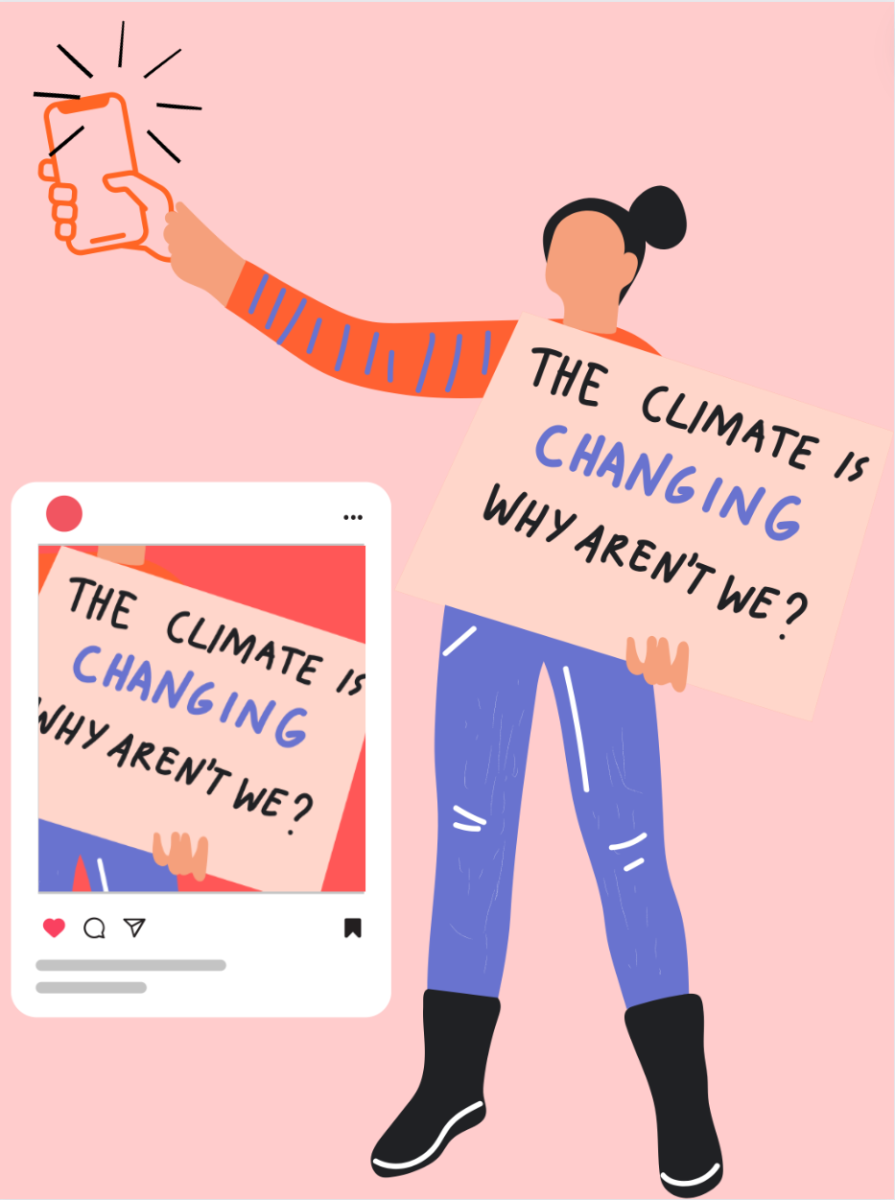Boundless scrolling through social media has become so rampant that many are beginning to develop a condition called “smartphone thumb” due to the overuse of the tendan in the thumb.
Physical effects aren’t the only negative repercussions to come from social media overuse, though. Since receiving heavy criticism on its addictive nature and negative effects on mental health, Instagram has added a feature that reminds users to “take a break” after extensive usage.
In October, Former Facebook employee Frances Haugen made her case to lawmakers in the U.S. and Europe. She criticized the company’s lack of action as far as preventing poor body image and eating disorders in young teens. Two weeks ago, the whistleblower urged government officials to move forward with restrictions on speech within social media.

Less than a week after Haugen’s appearance in front of lawmakers, Instagram rolled out its new feature urging users to take a break from scrolling through the app. Based on this timeline, it is clear that this feature was created to diffuse the anger surrounding the negative repercussions of teens overusing the app.
These negative repercussions are most often attributed to the presence of over-edited pictures and unrealistic body standards. While unintentional, social media influencers are the most active connoisseurs for these issues. Without restrictions on what is allowed to be shared with younger audiences, teens will continue to be taught that they need to conform to unrealistic standards created on social media.
Rather than taking action to satisfy lawmakers and the general public, Instagram should study how its features and content affect the teenage brain and make changes that would decrease their negative impact.
For example, Instagram recently added a new style of videos called “Reels.” The Reels section of Instagram almost exactly replicates the format of TikTok, an app where users can scroll through an endless “For You” page filled with videos curated specifically to their interests. Senior Lizzie McVey finds TikTok, as well as Instagram’s Reels section, to be dangerously addicting. “I definitely think TikTok is addicting because it allows you to zone out and forget about everything that is happening around you,” she stated. “Sometimes it can be a good break but most times it just allows you to procrastinate and lose sight of what you need to get done.”
TikTok began acknowledging its addictive nature when it put videos on users’ “For You” pages encouraging them to take a break from scrolling. These videos, however, do not keep users like McVey from quickly swiping to the next video on their page. “Because of how addictive these apps are, a video telling me to stop does not motivate me to turn my phone off and get work done when I could just skip past it,” she said.
TikTok and Instagram’s blatant ignorance when adding these features proves their unwillingness to genuinely improve their apps for the sake of users’ health. Encouraging teens to take a break makes them aware of how long they have been scrolling, but it is not a strong enough deterrent to fight the addictive nature of the app.
By telling users to take a break after long periods of time on the app, social media companies are projecting the issue of boundless addictive content consumption on the users themselves. Instead, apps should have features that reduce the amount of new posts constantly being shown on cell phone screens, without asking the users themselves to limit their scrolling.
Social media companies need to evaluate the features and content that provoke teens to spend countless hours on their app and reduce the amount of negative, hateful content that young, impressionable people are consuming.


















